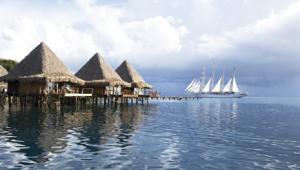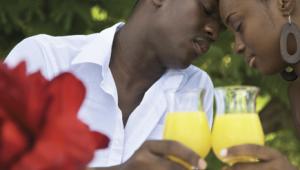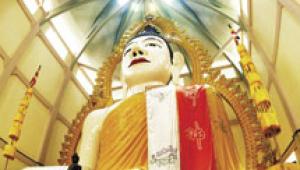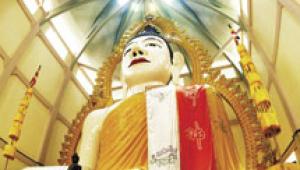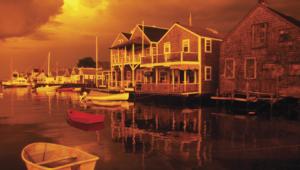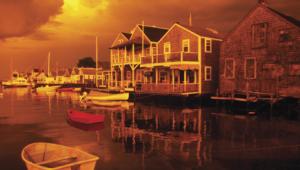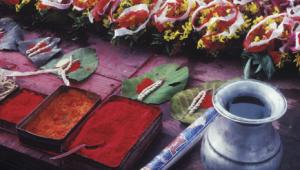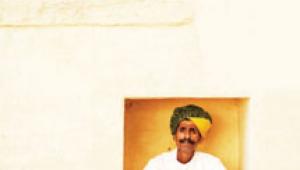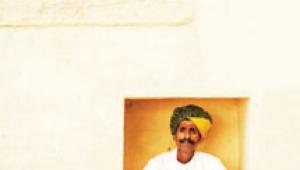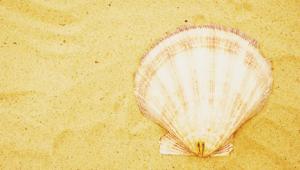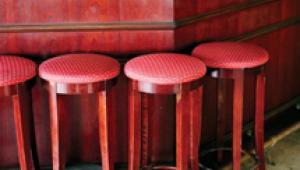Passport
Are You Serious
I've talked before about going to the next level in travel photography--in the way you choose your subjects (moving beyond landmarks to include touches of fashion, food, and lifestyle photography) and the way you photograph people (getting the folks you meet or travel with to be, in effect, your models, or finding professional models to photograph). But there are a few other aspects to advancing your travel pictures. One is planning; the other is equipment. |
|||
I know that when I photograph
people for my clients--the cruise lines, travel bureaus, and tourist
organizations who use my images to promote tourism and travel--I'm
not going to just step out into the street and start shooting. I've
got to know the ideal locations, and I've got to know when they
look their most ideal--in other words, at what time of the day will
the light be best at that spot? And I have to have a back-up plan in case
the weather won't cooperate--like moody close-up shots under
sidewalk cafe awnings, for example. |
|||
Essential Gear |
|||
Scouting Locations |




